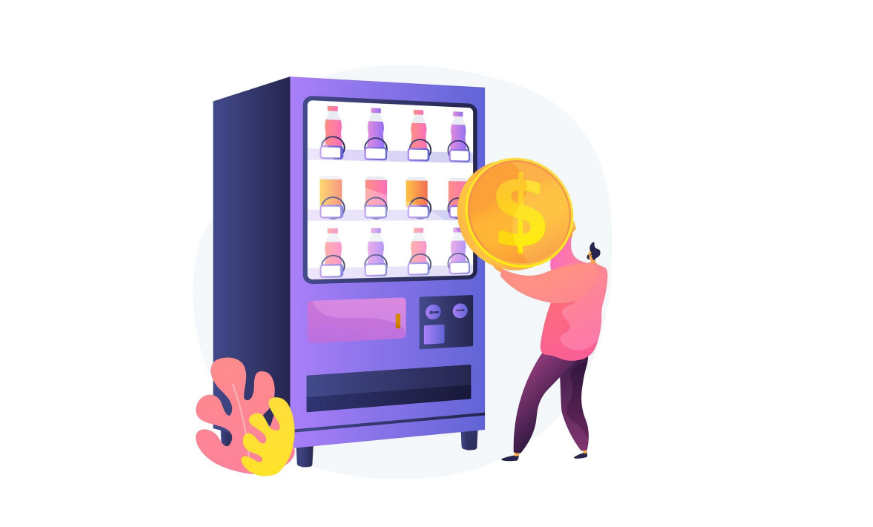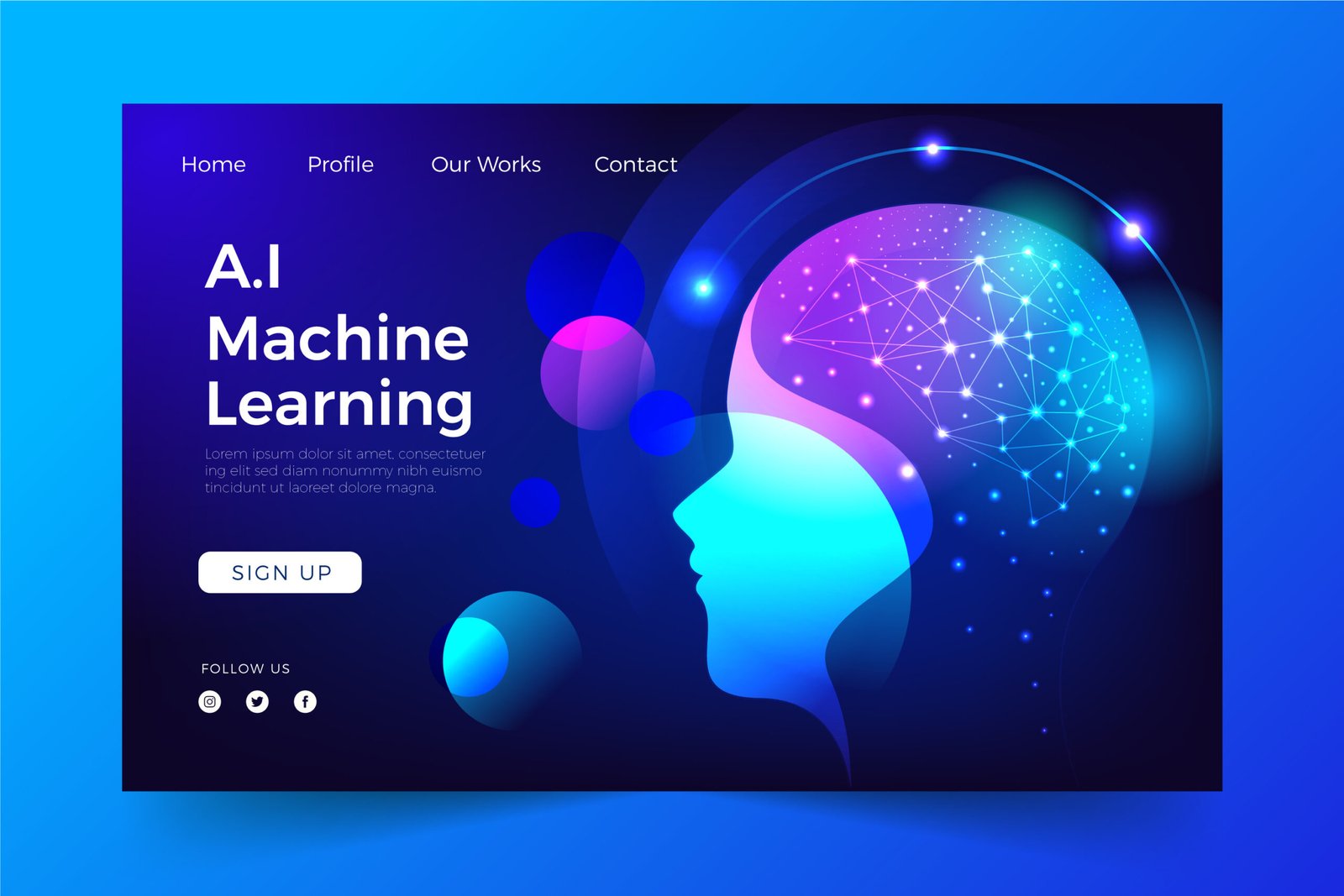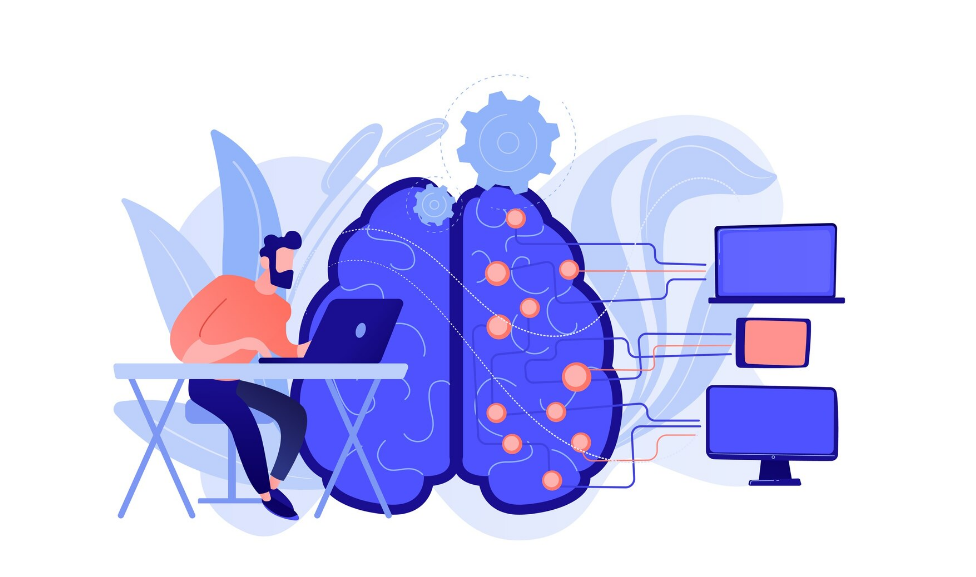In the fast-paced world of B2B sales, having a website that drives conversions is crucial for business growth. Whether you’re a startup or an established enterprise, optimizing your B2B website for better conversion rates can have a significant impact on your bottom line. But what exactly does it mean to optimize your website for conversions, and how can you achieve it? In this blog post, we’ll dive deep into the strategies and techniques that can help transform your B2B website into a conversion machine.
Understanding Conversion Rate Optimization (CRO)
Before we dive into the tactics, let’s quickly define what conversion rate optimization (CRO) is. CRO refers to the process of increasing the percentage of website visitors who take a desired action, such as filling out a contact form, making a purchase, or downloading a whitepaper. The higher your conversion rate, the more effective your website is at turning visitors into leads or customers.
For a B2B website, this means focusing on actions like getting prospects to request a demo, contact sales, subscribe to a newsletter, or sign up for a free trial.
1. Improve User Experience (UX) for Seamless Navigation
One of the key elements of optimizing a B2B website is providing an exceptional user experience. If visitors struggle to navigate your site, they’ll likely leave without taking any action. Poor navigation can frustrate users and cause them to abandon your website before they even have a chance to learn about your product or service.
To improve user experience, focus on the following:
- Simple, Clear Navigation: Ensure your menu is easy to find and includes only the most important categories. Avoid overwhelming visitors with too many options.
- Mobile-Friendly Design: More and more B2B prospects are browsing on mobile devices. Your website must be mobile-responsive, meaning it should look and function seamlessly on all screen sizes.
- Fast Loading Speed: Slow-loading websites can be a major turnoff. Research shows that 40% of visitors will abandon a site if it takes more than 3 seconds to load. Use tools like Google PageSpeed Insights to check and improve loading times.
- Intuitive Design: Ensure that the design of your website aligns with the goal of providing clarity. Visitors should understand what action to take next, whether it’s contacting your team or learning more about your product.
2. Optimize Your Calls-to-Action (CTAs)
CTAs are the driving force behind conversions. A compelling CTA encourages visitors to take action, whether it’s scheduling a demo, signing up for a newsletter, or requesting a consultation.
Here are some ways to optimize your CTAs for better conversion rates:
- Be Clear and Specific: Don’t use vague terms like “Click Here” or “Submit.” Instead, use specific phrases like “Request a Demo,” “Get Your Free Trial,” or “Download Our Case Study.”
- Use Contrasting Colors: Make sure your CTA buttons stand out visually. Using contrasting colors that align with your brand will make the buttons easier to spot.
- Place CTAs Strategically: Your CTAs should be placed prominently throughout your site, especially on high-traffic pages like the homepage, product pages, and blog posts. Don’t bury them at the bottom of the page; ensure they’re easily accessible without requiring excessive scrolling.
- Create Urgency: Phrases like “Limited Time Offer” or “Get Started Today” create a sense of urgency, encouraging visitors to act quickly.

3. Craft High-Quality, Engaging Content
Content is the backbone of your B2B website. Engaging, high-quality content helps establish trust and authority, which are essential for converting visitors into leads.
Consider the following types of content to boost your conversion rates:
- Case Studies: B2B buyers are highly influenced by real-world success stories. Case studies showcase how your product or service has helped other businesses solve problems, providing social proof and building trust.
- Whitepapers and Ebooks: Offering in-depth resources like whitepapers and ebooks in exchange for contact information can help you gather qualified leads. Ensure that these resources address the pain points of your target audience.
- Blog Posts: Regularly publishing blog posts that address common challenges in your industry can position your brand as a thought leader. A well-written blog post with valuable information can encourage readers to engage further with your site.
- Videos: Video content is highly engaging and often leads to higher conversion rates. Consider creating explainer videos, product demos, or client testimonials to illustrate how your business can help solve your target audience’s problems.
Make sure all your content is easy to read, actionable, and solves a problem for your audience. Visitors are more likely to convert if they feel they are gaining value from your content.
4. Leverage Trust Signals
For B2B businesses, trust is a key factor in converting visitors. If your prospects don’t trust your brand, they won’t be willing to share their contact information or make a purchase.
Here’s how you can incorporate trust signals into your website:
- Client Logos: Display logos of well-known clients or partners who use your product or service. This provides social proof and shows potential customers that your business is trusted by others.
- Customer Testimonials and Reviews: Include testimonials and positive reviews from your existing clients. These help build credibility and can persuade prospects that your solution is reliable.
- Certifications and Awards: If you’ve received any industry certifications or awards, proudly display them on your website. This reassures visitors that your business meets high standards.
- Security Badges: For B2B businesses that handle sensitive information, displaying security badges (such as SSL certificates) can increase trust and reassure visitors that their data is safe.
5. Implement Exit-Intent Popups
Exit-intent popups are an effective way to capture leads before a visitor leaves your website. These popups detect when a user is about to exit a page (e.g., by moving the cursor towards the top of the screen) and display a message or offer to encourage them to stay.
Consider offering:
- Discounts or Special Offers: If a visitor is about to leave your pricing page, an exit-intent popup offering a limited-time discount might persuade them to take action.
- Lead Magnets: Offer a valuable resource, such as a free guide or case study, in exchange for the visitor’s email address.
- Newsletter Signup: Encourage visitors to join your newsletter for future updates, industry news, or exclusive content.
Exit-intent popups can help you recapture leads that might otherwise slip away, boosting your conversion rates.

6. Test and Analyze Regularly
Optimization is an ongoing process. Once you’ve implemented the strategies mentioned above, it’s time to test and analyze your results.
- A/B Testing: A/B testing is essential for determining which changes have the most impact on conversion rates. Test different variations of your CTAs, landing pages, and content to see what resonates best with your audience.
- Heatmaps: Tools like Hotjar and Crazy Egg provide heatmaps, showing where visitors click and how they interact with your website. This data can help you optimize page layout, navigation, and CTA placement.
- Google Analytics: Google Analytics is a powerful tool for tracking user behavior and identifying conversion bottlenecks. Analyze metrics like bounce rate, session duration, and conversion funnels to identify areas for improvement.
By continuously testing and refining your website based on data, you’ll be able to make informed decisions that drive better conversion rate results.
Ongoing Optimization for Lasting Results
Optimizing your B2B website for better conversion rates isn’t a one-time task; it’s a continuous process of improvement. By focusing on creating a user-friendly website, refining your CTAs, producing high-quality content, building trust, and regularly analyzing performance, you can significantly boost your conversion rates and see more tangible business results. With dedication and the right strategies, your website can become an invaluable tool in converting prospects into long-term clients.





